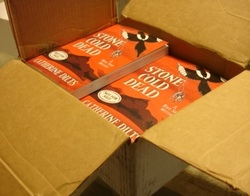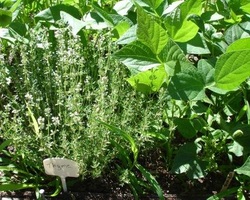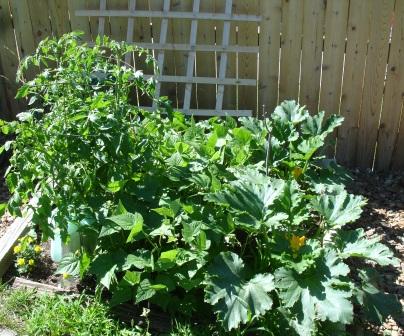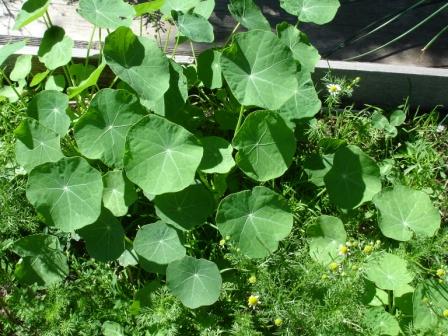|
7/31/2013 ARC This morning, my husband noticed two white boxes on the front steps that we had somehow overlooked the previous evening. He lugged them indoors, commented on how heavy the boxes were, and asked whether I was expecting anything. When I saw the return address was my publisher, I ripped open the flaps. Oh yes – this was something I had been waiting for – from the day I could clutch a crayon in my fist and scribble my first letter “A”. Inside the boxes were Advance Reading Copies of my novel Stone Cold Dead. Goodreads posts the Wikipedia definition of an ARC: a copy of a book released by its publisher before the book has gone to press for a complete printing. It is typically not in the same binding as the eventual published book. In my case, the ARC is a paperback while my novel will be a hardcover. ARCs are not for sale, and as you can see, mine is marked with “not for sale – advance uncorrected proof.” I have no experience with ARCs. This is my debut novel. Here is what I do know: 1) ARCs are promotional material. 2) Given to library and bookstore acquisition staff in advance of the release of the novel, ARCs can encourage the purchase of copies to stock shelves for patrons and customers. 3) Reviews of ARCs by popular bloggers can create advance hype for the novel. 4) Reviews on Amazon and Goodreads can boost sales. There is a lot I don’t know, such as the specific logistics for getting ARCs to the right people, and when. If someone reviews my novel and there’s nowhere to post the review online, is my effort / postage wasted? How far in advance of publication gives the librarian or bookstore owner time to read my ARC and place book orders? If I start too soon, will my novel lose momentum before it’s even released? Fortunately, I know published authors and I participate in groups like the Rocky Mountain chapter of Mystery Writers of America, Sisters in Crime, and the ever helpful Five Star Cengage publishing community. First on my expanding agenda is to read through an ARC, to make sure that’s my book inside the distinctive red cover, and that no chapters are missing. Next, tempting through it is to rush copies into the hands of anxious friends and family, I need to assess how many ARCs are required to promote the December hardcover release of my novel. Have any readers received an ARC from an author, and if so, did you do anything beyond reading it? If you are an author, do you have advice on how best to use ARCs? 7/13/2013 Preparation, Cultivation, and Harvest Thyme surrounded by bush beans Thyme surrounded by bush beans My raised beds are lush and green. Flowers cover the tomatoes, peppers, squash, and beans. My anticipation of a bountiful harvest is tempered with memories of difficult seasons past, of hailstorms, drought, and blight. I choose to be optimistic, as the hard physical labor of spring soil preparation and planting has segued into mid-summer weeding and watering. I’m clinging to the moment. Summer is short in Colorado, and the times of having breakfast on the deck or enjoying the backyard in the evening are limited. I must get seed in the ground or there will be no harvest. The life of the writer runs in similar cycles of preparation, cultivation and harvest. Authors and gardeners alike may plan their projects in great detail. Others fly by the seat of their pants, tossing characters or seeds into fertile ground just to see what will happen next. Some gardeners let the plants and the weeds run their natural course, then dig through the vegetation to pick the fruits. Others trim, water, and weed, nurturing their plants and guiding their production. As a child, I recall the rivalry between my father and his avid gardener neighbor. Dad let the raspberry vines in the backyard go wild (much like his children), while the neighbor pruned and fertilized. Both techniques yielded similar results. The harvest cannot be rushed. Vegetables are ready when they are ready, and picking them too soon leaves you with a tasteless, or even ruined, product. A good story is done when it is done, perhaps requiring one last rewrite or edit before it will catch an editor or reader’s attention. A luscious red ripe tomato, or an anemic half-green specimen? Most often, some combination of labor and whimsy go into successful writing and growing. The basil fails, so I plant beets in its place. Dill planted last year failed to germinate, but this year it threatens to take over. Likewise, stories and characters may go in directions contrary to what the author originally intended, but with satisfying results. Once you have experienced that near-perfect garden with its bountiful harvest, the next season may fill you with either wild optimism or dread. Maybe both. I have enjoyed gardening and writing success, and neither came without its share of sweat and tears. As I move on to new writing projects, I’ll try to remember that the harvest only comes after consistent application of loving attention and ruthless weeding. In the meantime, please enjoy photos of my July garden – a work in process. Do you have any projects in the preparation, cultivation, or harvest stages? My favorite gardening books: Week-by-Week Vegetable Gardener’s Handbook by Ron Kujawski and Jennifer Kujawski Square Foot Gardening by Mel Bartholomew |
Subscribe to this blog: |
Proudly powered by Weebly


 RSS Feed
RSS Feed